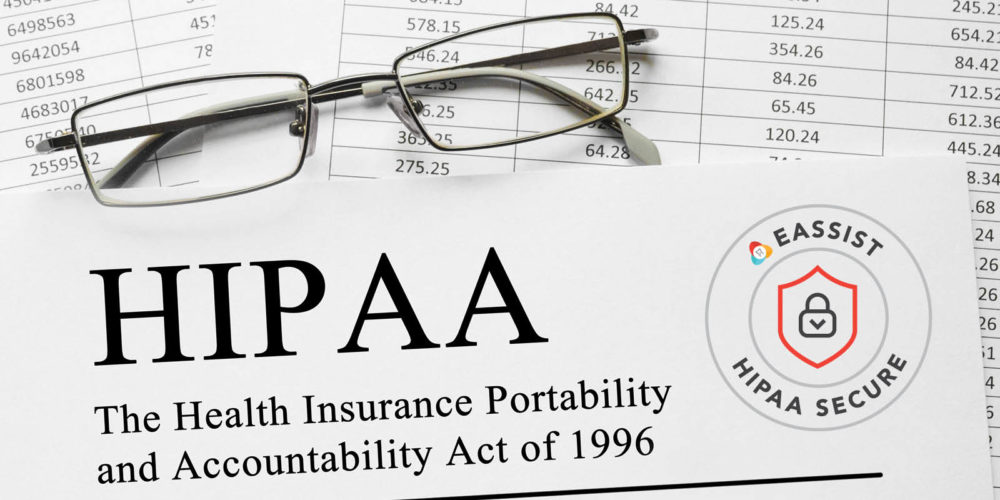4 key areas of focus to improve practice profits
The American Dental Association’s (ADA) average has determined that if a dental patient stays with a practice for 7-10 years, they spend an average of $653 a year. Every dentist knows there’s nothing more expensive in your practice than empty chairs. A new patient will generate at least $4500 in revenue on average (excluding referrals) in their lifetime with a practice. If you’re not retaining your current patients or getting new ones to your office, your practice is leaving money on the table. There are four key areas of focus that affect your scheduling and creating dynamic strategies for these areas can improve practice profits.
Patient acquisition
Whether you’re just starting out or you’ve been in the industry for years, patient acquisition should always be a priority. While there’s no doubt that recurring patients and their families are important for your practice success, new patients can offer more specific treatments and long-term options for repeat business. If you have referral practices near you, advertise initial consultations for new patients. If you’re a specialty looking to expand, offer appointments for hygiene during initial treatments.
Patient retention
Patient retention doesn’t have to be a complex science. Most people are happy simply when they’re recognized. Remind your patients of the value they bring to your practice. Some dentists hold annual parties, lunches, and customer appreciation days for their patients. Being able to form a relationship with your long-term patients is important, because it not only brings them back, but also spreads the word to their friends and family members. Don’t overlook the personal gratification of a “thank you” email or postcard every quarter, or anniversary gift cards every few years.
Patient scheduling
At the other end of the spectrum: your patients want an appointment, not an excuse. If you’re struggling with overbooked scheduling issues, now is the time to act, not after you get an angry phone call or negative social media review. What typically happens is that you’re scheduling too far in advance. When new patients come into your practice looking for treatment, you’re so full that they’re waiting weeks to months for an opening.
- Hold time slots in your appointment book based on the average number of new patients that come in for the last six months
- Define your new patients as those who have received a D0150 or a D0180 evaluation
- Hold times on hygiene appointments for patients who request it during other treatments
Patient follow up
Once you’ve managed to find and book patients, follow up with them close to their scheduled treatment date. This can be an email, phone call or text reminder saying that you’re excited to see them at the office soon. A friendly follow up gives you and your patient some wiggle room in case something happens and their appointment needs rescheduling. Without taking this crucial step, you’re risking last-minute (or more literally, last hour) cancellations and unprofitable gaps in bookings.
Finding your full schedule
Unfortunately for some practices, scheduling issues aren’t always a simple fix. You have overhead, dental billing, and customer service obligations that take precedence. It’s not easy to ask for help when you feel like nothing will improve. eAssist’s Full Schedule service provides appointment guarantees and follow up services for getting patients back into your practice. With real humans on the end of the line, your patients won’t have to worry about responding to a robot. For dentists who want a full, more profitably booked appointment schedule, Full Schedule offers best-in-class customer service and booking experience.
You can learn more about all of these key areas of focus and how to create dynamic strategies to increase your practice production and profits from three of the most fun and knowledgeable women in dentistry.




0 Comments